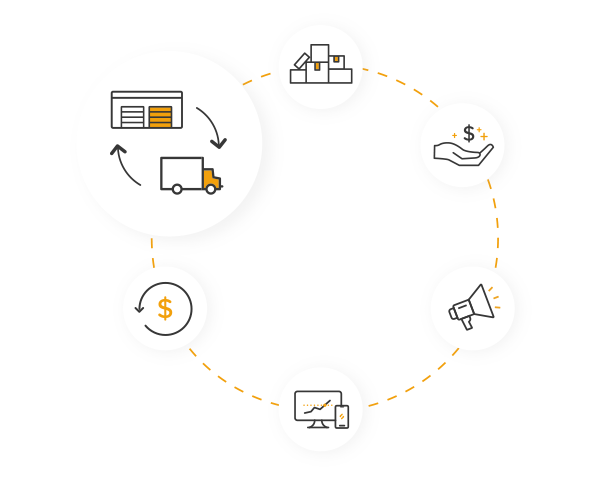As ecommerce continues its exponential growth, the volume of returns has surged, putting pressure on retailers to manage this complex process effectively. Zebra Technologies’ research highlights this growing concern, revealing that nearly half (47%) of warehouse operators consider returns to be the most challenging aspect of warehouse operations.
One of the key factors contributing to the complexity of reverse logistics is its inherent unpredictability. Unlike outbound shipments, which follow standardized packaging and processes, returns arrive in a variety of conditions. “Returns is like a whole department that is the exception area,” says Steve Congro, Senior Director of Systems at Saddle Creek Logistics Services. Returned packages often contain a mix of SKUs, arrive in non-standard packaging, and require individual inspection and processing. This variability makes returns processing labor-intensive, time-consuming, and expensive.
“Returns is like a whole department that is the exception area.”
Further complicating the issue, many existing warehouse facilities weren’t designed to accommodate the current influx of returns. Space constraints and outdated infrastructure exacerbate the challenges of efficient returns processing. This situation underscores the need for innovative solutions that can streamline reverse logistics and optimize warehouse operations.
Robotics has emerged as a transformative technology with the potential to revolutionize reverse logistics, particularly in the area of putaway.
Automating returns putaway with robots offers several advantages, including:
However, implementing robotics in reverse logistics requires a strategic approach that addresses key considerations:
By strategically integrating robotics into their reverse logistics operations, enterprise retailers can:
“It’s cool to see it come together that Optoro is solving the ‘where do we take that inventory from a from a disposition and resale channel perspective’, and then the Locus robot’s picking it up, and solving ‘where are we taking it to the next-best physical location within the warehouse.’ I don’t like the word phygital, but that’s what this is for returns management,” says Natalie Walkley, VP of Marketing at Optoro. Read more on Locus + Optoro
Summary
Robotics is no longer a futuristic concept for returns management but a practical solution for addressing the complex challenges of reverse logistics in the modern retail landscape. By embracing this technology, enterprise retailers can transform their returns process from a cost center into a strategic advantage. A thoughtful and well-planned implementation, focusing on data integrity, process optimization, and flexibility, will pave the way for a more efficient, profitable, and customer-centric reverse logistics operation.
